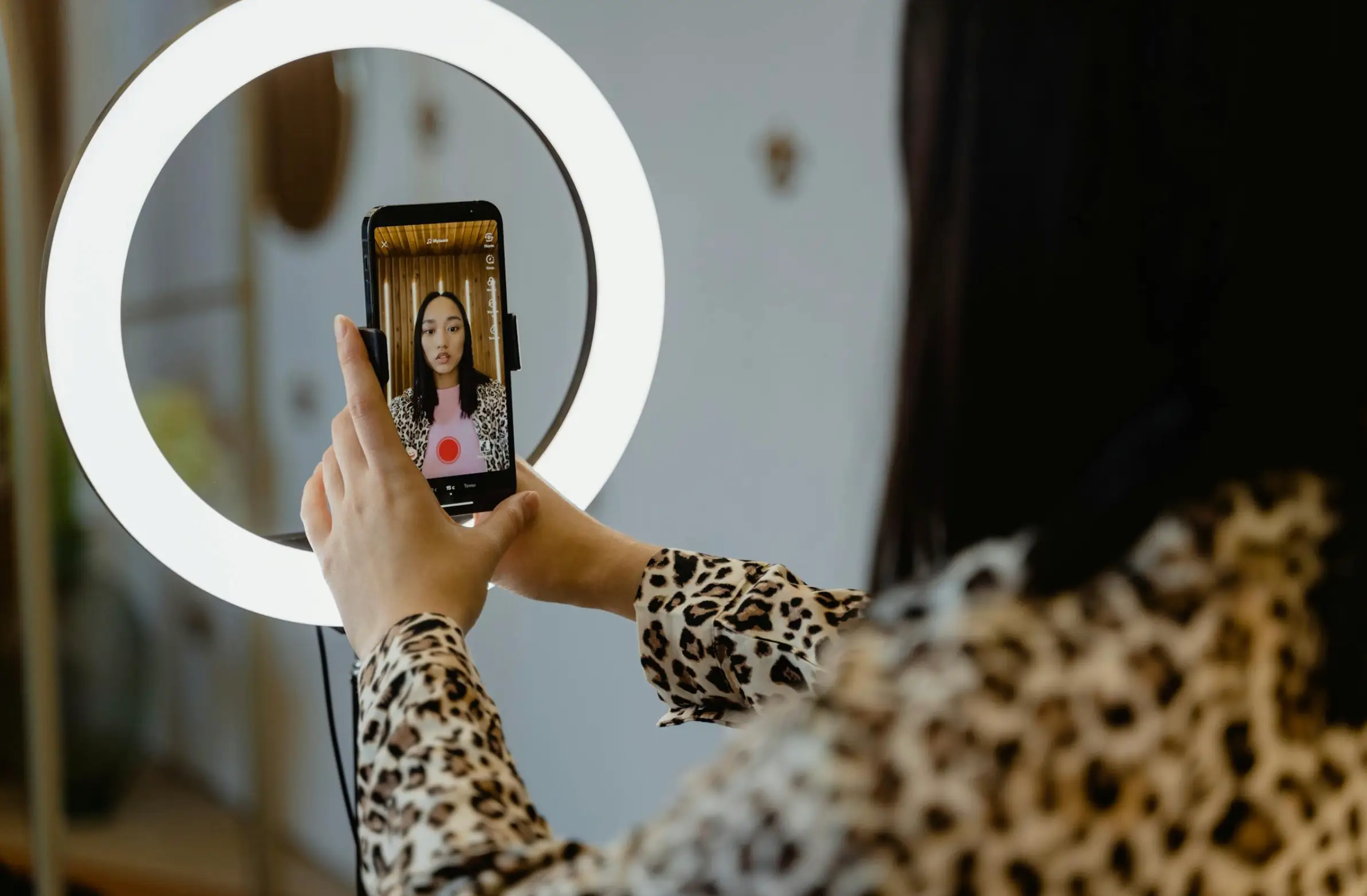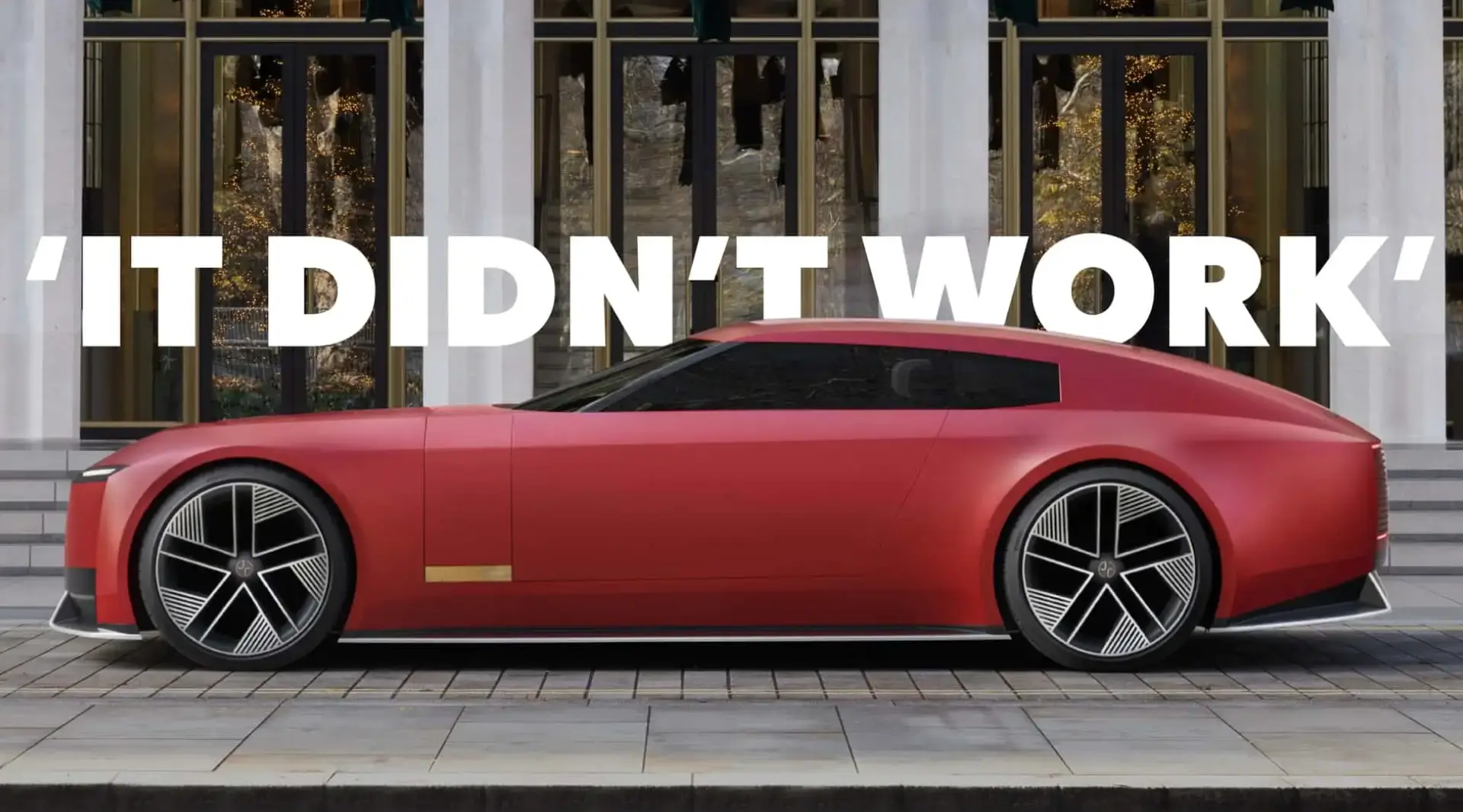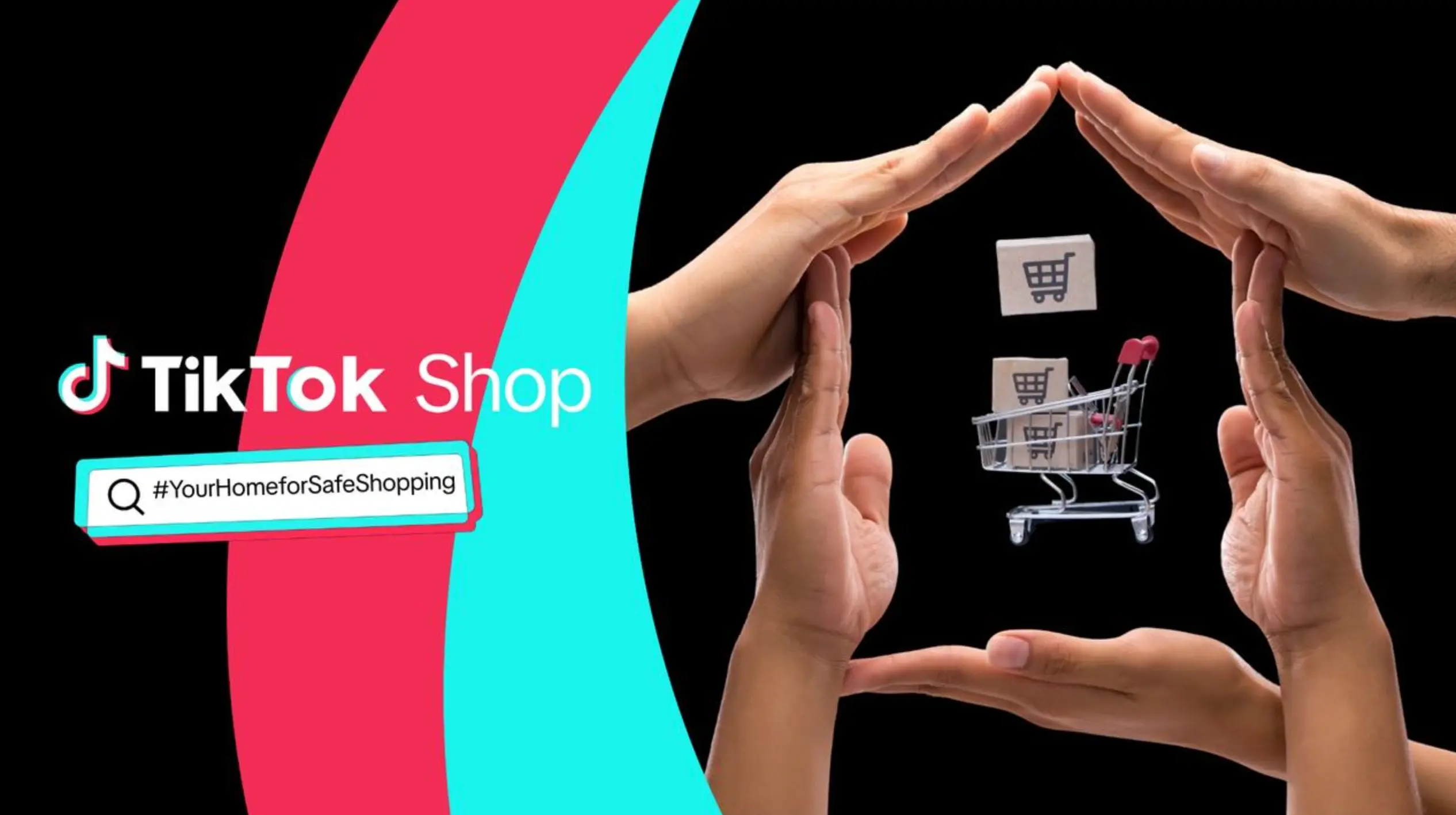From Pixels to Perfection: The Transformative Journey of CGI in Marketing Campaigns
Updated on
Published on

Have you come across advertisements that are puzzling and appear surreal? Your eyes are not playing tricks with you, this is just CGI (computer-generated imagery).
As time progresses, brands have continuously explored new technological avenues to engage their audience and boost sales. While many are already acquainted with the implementations of AI and AR, the question arises: what comes next?
Brands have pivoted their campaigns to align with the continually expanding technology landscape. Digital Marketing at our forefront has fostered CGI advertising for a transformative approach from traditional strategies.

What is CGI?
CGI marketing has revolutionized advertising by utilizing 3D animation and special effects to craft visually appealing and immersive experiences for audiences. This technology, which produces or alters images in art and media, enables creators to fabricate scenes that may be challenging or impossible to capture on camera. By transporting viewers into fantastical worlds where products and brands come to life, CGI forges brand loyalty, drives sales, and creates memorable interactions that resonate with consumers.

Top 5 Benefits of CGI in Marketing Campaigns
- Unleashing Unlimited Creative Potential: CGI empowers brands to break free from traditional constraints, unlocking unprecedented creative capabilities and allowing them to dream big, execute campaigns that were once impractical, and capture audience attention like never before.
- Flexibility and Adaptability: CGI provides marketers with the agility to respond rapidly to changing trends and consumer preferences, streamlining the process compared to traditional creative approaches.
- Cost-Effective Advertising Solutions: CGI drastically reduces production costs by eliminating the need for physical prototypes and costly shoots, accelerating time to market. As computing power becomes more affordable, CGI becomes increasingly pervasive, allowing budget allocation to other areas while achieving high-quality advertisements.
- Sustainability: CGI eliminates emissions from traditional product and advertising shoots, including travel, set development, and visual effects, contributing to environmental sustainability.
- Skyrocket Awareness and Engagement: CGI ads are visually stunning and innovative, keeping audiences interested and engaged, increasing brand recall and likelihood of purchase.
Popular CGI Advertisements
Maybelline’s Lash Sensational Mascara
Maybelline, a leading global cosmetics brand, has revolutionized the beauty industry with its groundbreaking CGI marketing campaigns. Their campaign for a product launch in London featured underground trains and double-decker buses embellished with eyelashes and coated with unrealistic-sized mascara wands. This innovative use of CGI not only captured attention but also set social media ablaze. Maybelline's ability to showcase its products in hyper-realistic and innovative ways through CGI has set a new standard, elevating the allure and appeal of its makeup line to unprecedented levels.
Reese’s New Caramel Cup
Hershey Canada has embraced the rising trend of fake out-of-home (FOOH) experiences in its campaign for National Caramel Day. To introduce its new Reese’s Big Cup with Caramel, the chocolate brand employs digital manipulation to incorporate oversized versions of caramel-infused peanut butter cups into iconic landmarks in Toronto and Montreal.
In Toronto, the ad depicts a Reese’s Big Cup with Caramel suspended from a construction crane, dripping caramel onto a car below. Meanwhile, in Montreal, the renowned Olympic Stadium is transformed into the delicious chocolate cup.
Jacquemus on Wheels
Jacquemus, known for its internet stunts, recently stirred up attention on Instagram with a video featuring its iconic Bambino bags cruising the streets of Paris. The playful clip initially left viewers guessing whether it was AI, CGI, or reality. Shot with smartphone camera angles optimized for 9:16 screens, the video enhances realism and believability, showcasing Jacquemus's innovative approach to marketing its high-end bag designs.
Is CGI the Future of Advertising?
As CGI technology becomes more accessible and cost-effective, businesses can harness its power to elevate brand narratives authentically. However, striking a balance between CGI and traditional methods is crucial for effective engagement both online and offline. The interplay between CGI elements and physical experiences leaves a lasting impression on customers.

CGI advertising signifies a paradigm shift in brand-audience connections, blending artistry and technology to push creative boundaries. Marketers leveraging CGI can craft campaigns that captivate, engage, and leave unforgettable impressions.
The future of CGI marketing promises dynamic storytelling, visual innovation, and audience engagement. Brands will embrace computer-generated technology to create personalized and dynamic content tailored to individual consumers. AI-driven personalization, dynamic content creation, enhanced storytelling, interactive product visualization, and customized virtual experiences will redefine the marketing landscape, driving engagement, loyalty, and advocacy in the digital era.







